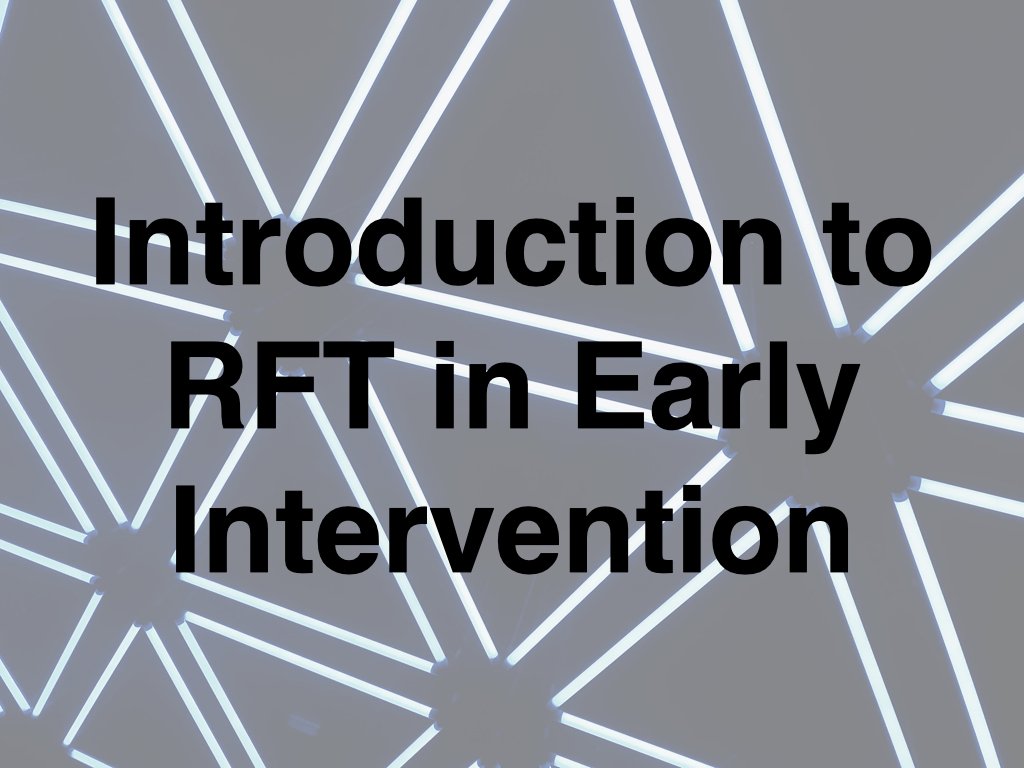Overview
Meeting Dates
Introductions: August 14 6-6:30 pm US Eastern (this is an initial meeting of just 30 minutes, to meet each other and get oriented to the platform)
Module 1: August 28 6-7 pm US Eastern
Module 2: September 11 6-7 pm US Eastern
Module 3: September 25 pm US Eastern
Module One —RFT, VB & EIBI, Oh My!
• RFT distilled: Relational framing as operant behavior
• Relational frames as the building blocks of generative language
• Integrating RFT and Skinner’s analysis of verbal behavior
Module Two —Getting Technical: Defining properties of relational framing repertoires
• Non-arbitrary vs arbitrary relational responding
• Deriving relations: mutual and combinatorial entailment
• Transformation of function
• Contextual control
Module Three —Getting Practical: Assessing and teaching early relational framing repertoires
• Understanding early learner skills as foundations of DRR
• Assessing, training and capitalizing on coordination/equivalence
• Assessing and teaching non-sameness relations
• Typical development and relational framing repertoires
Objectives
Experiential Objectives
1. For learners you work with, identify what repertoires of relational responding or foundations for relational responding are important to assess.
2. Practice implementing a protocol for assessing early derived relational responding repertoires with respect to frames of coordination (sameness/equivalence).
3. Practice implementing a protocol for assessing or teaching early derived relational responding repertoires with respect to a non-equivalence relation.
Technical/Educational Objectives
1. Describe how Skinnerian verbal operants can be considered within relational frames.
2. Describe the importance of establishing a foundation of contextually-controlled nonarbitrary relational responding as well as early relational framing repertoires in early intervention.
3. Define and give examples of the properties of relational framing with respect to both sameness (equivalence) and a variety of other (non-equivalence) relations.
4. Define and give examples of non-arbitrary and arbitrary stimulus relations with respect to a variety of relational patterns.

